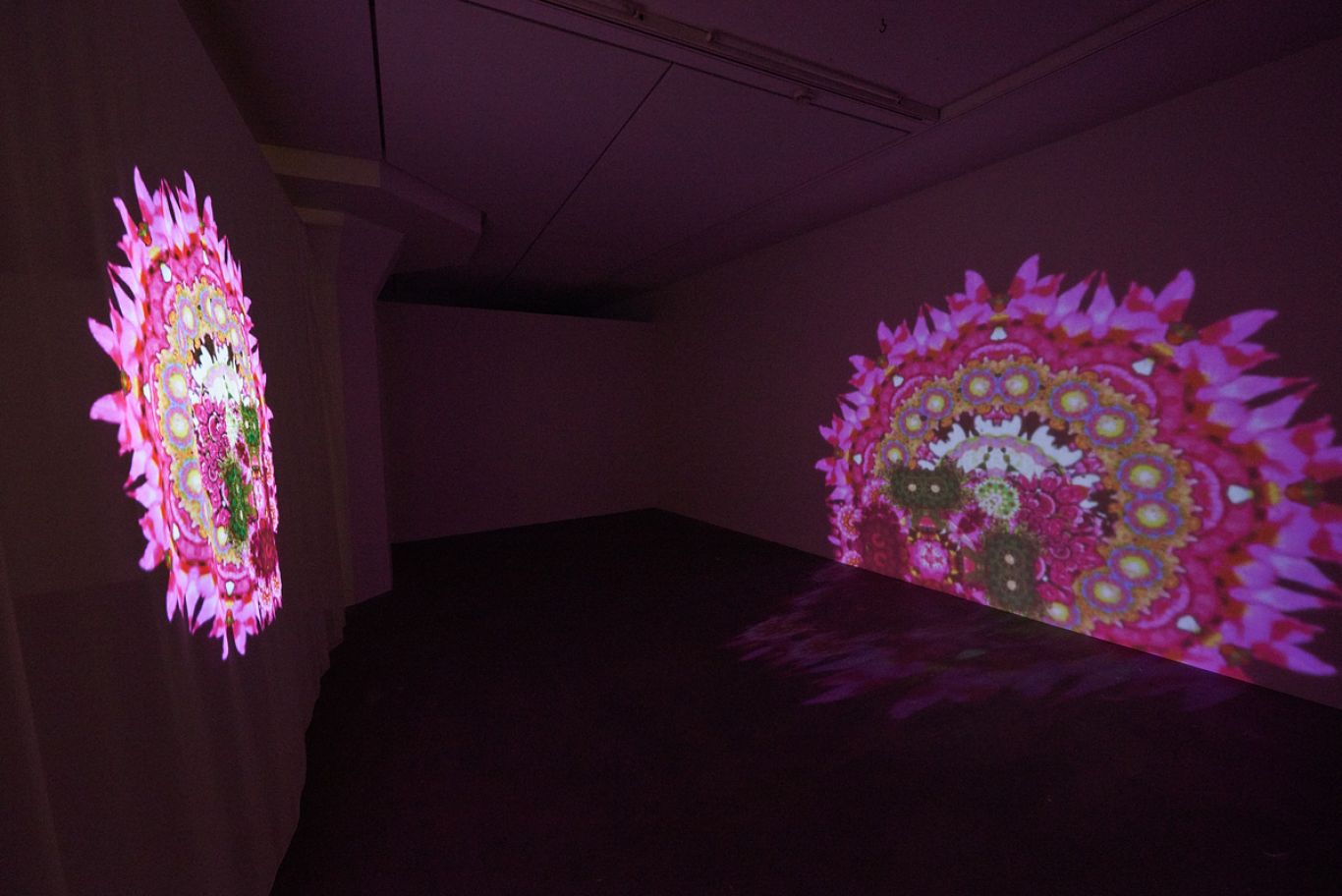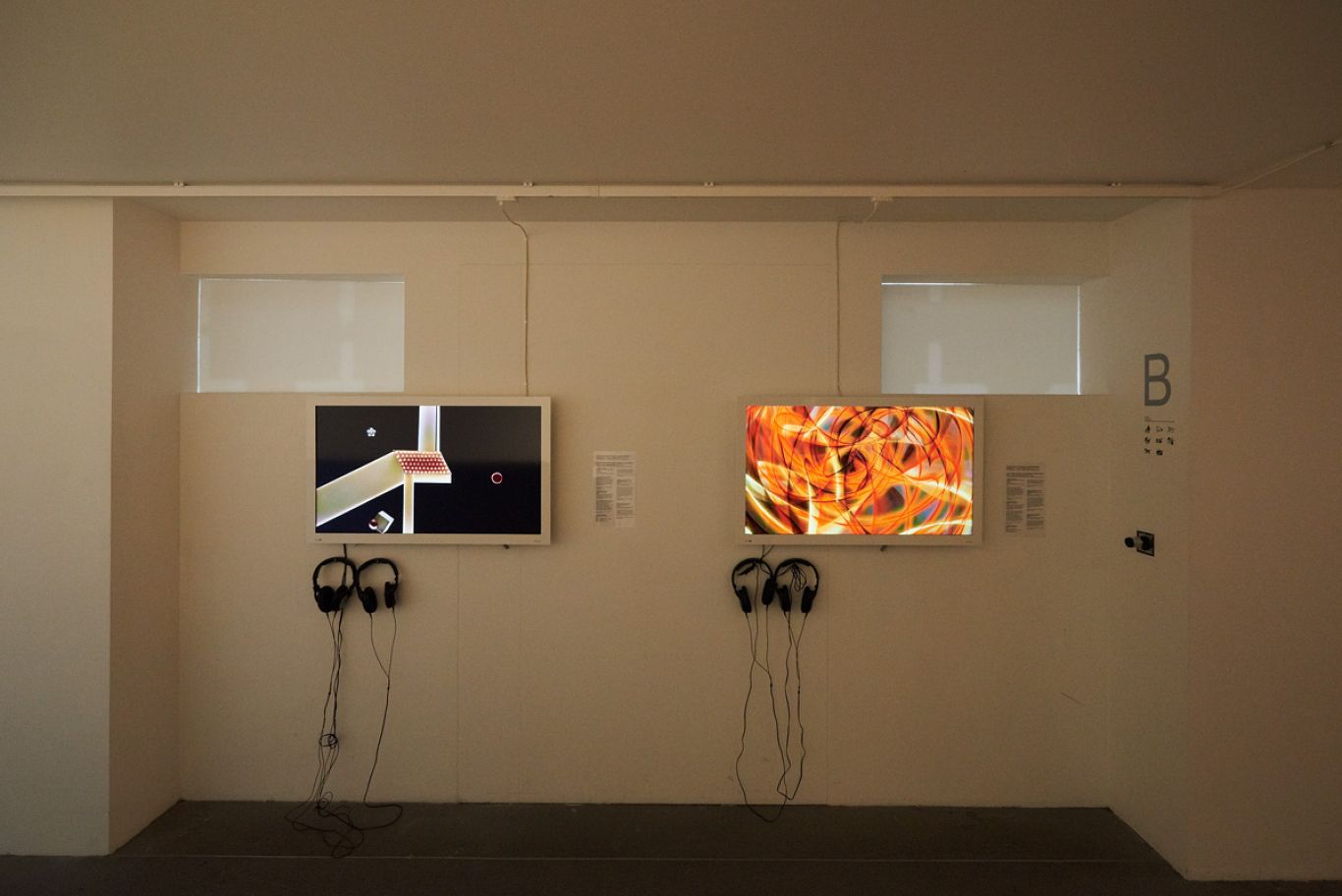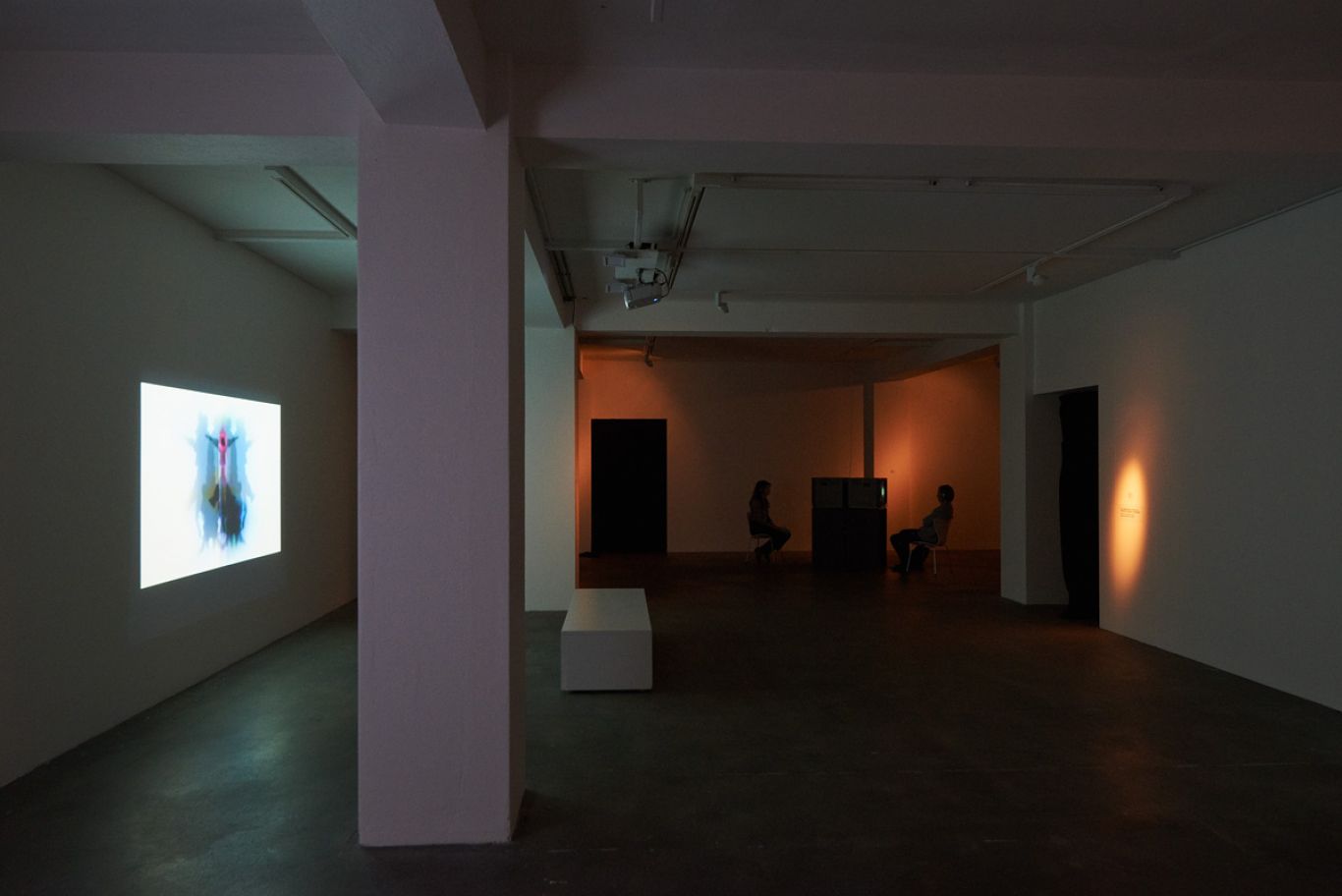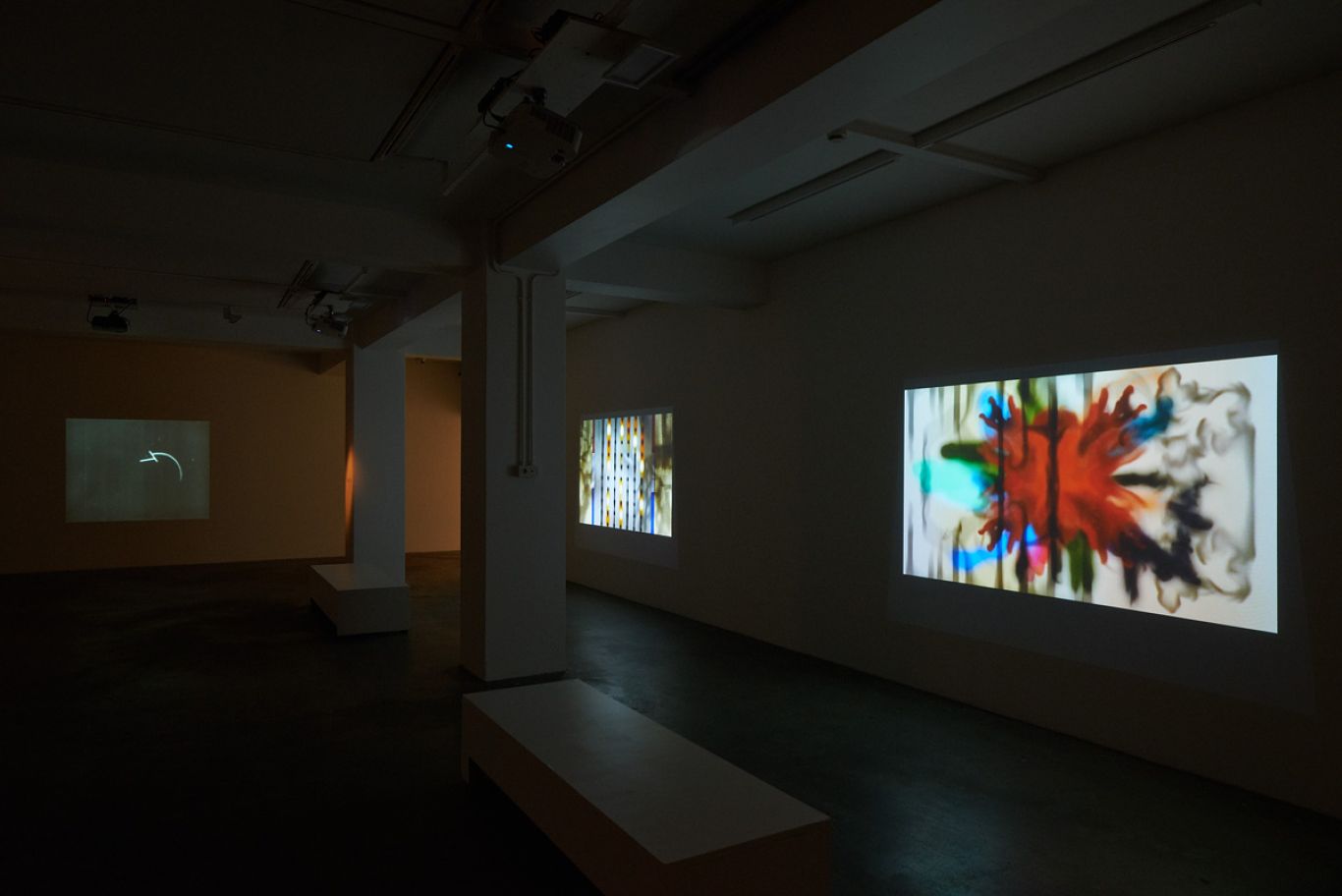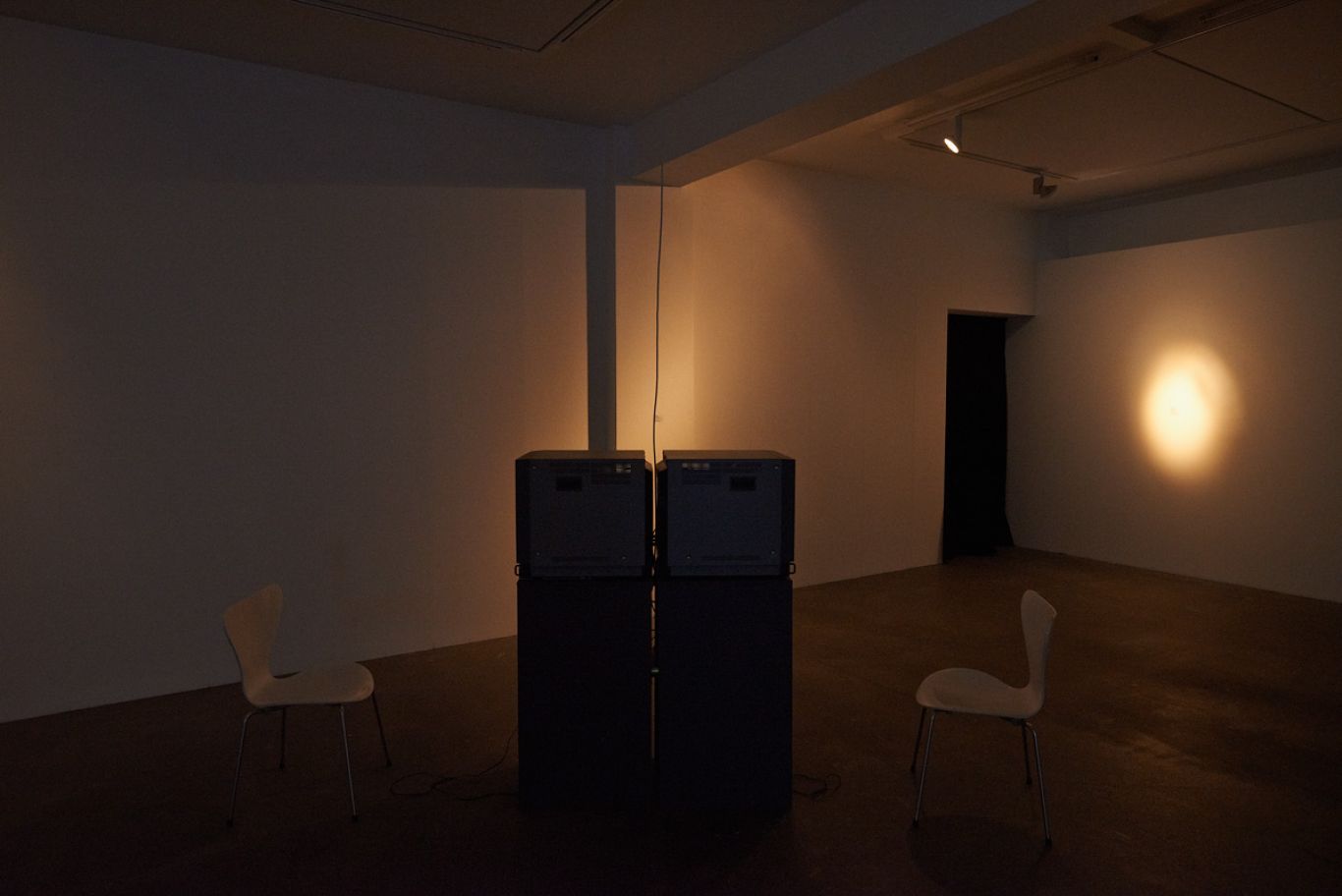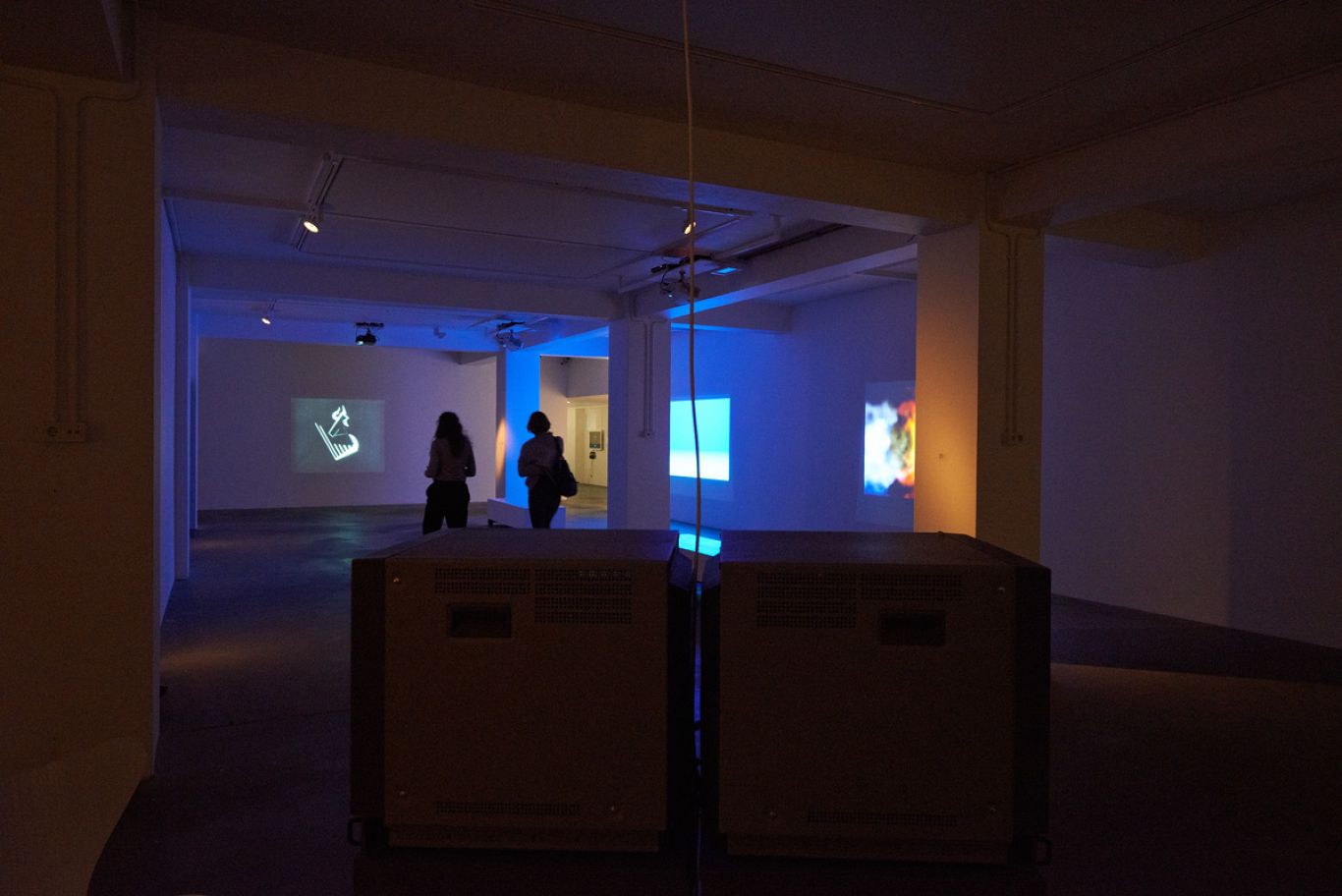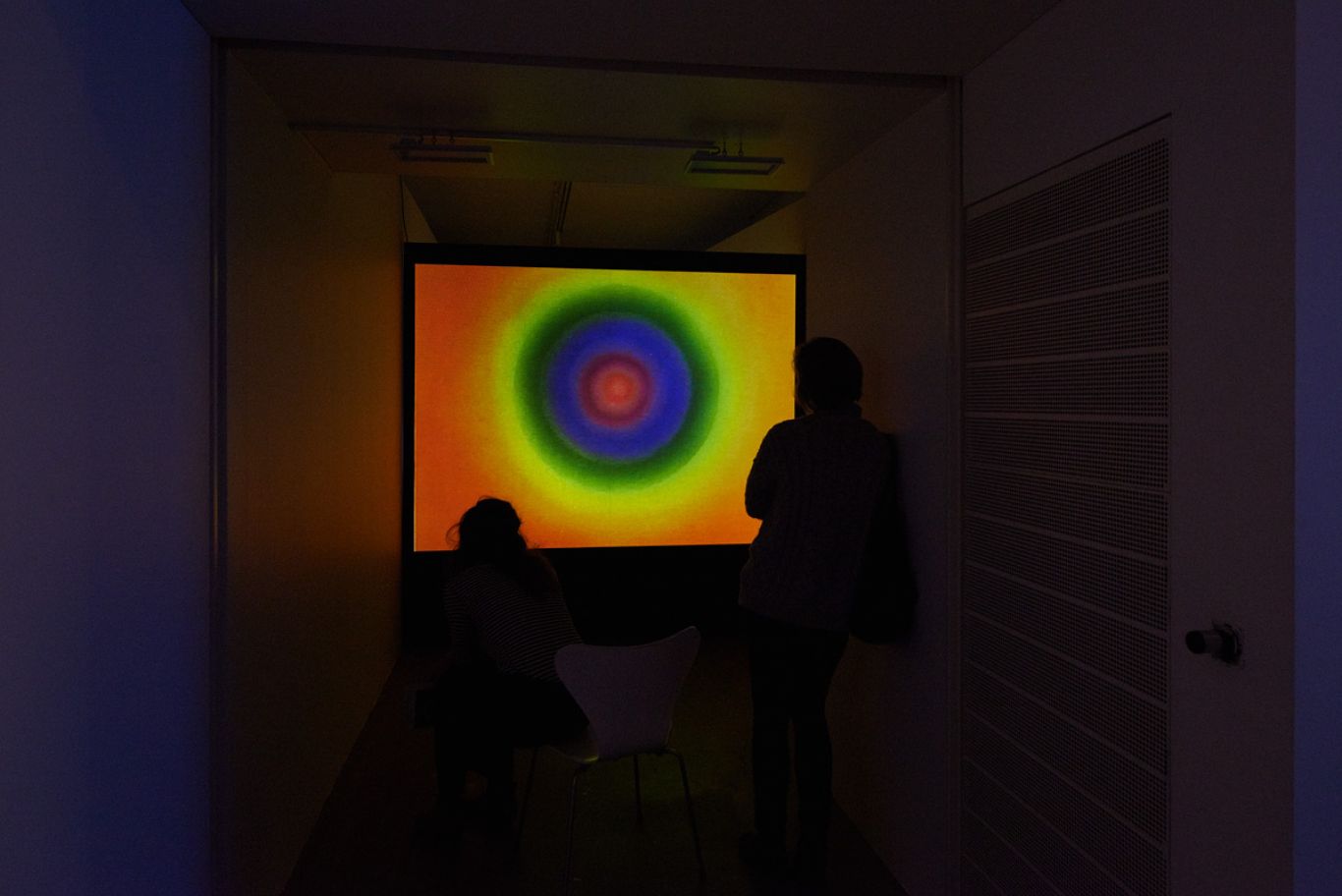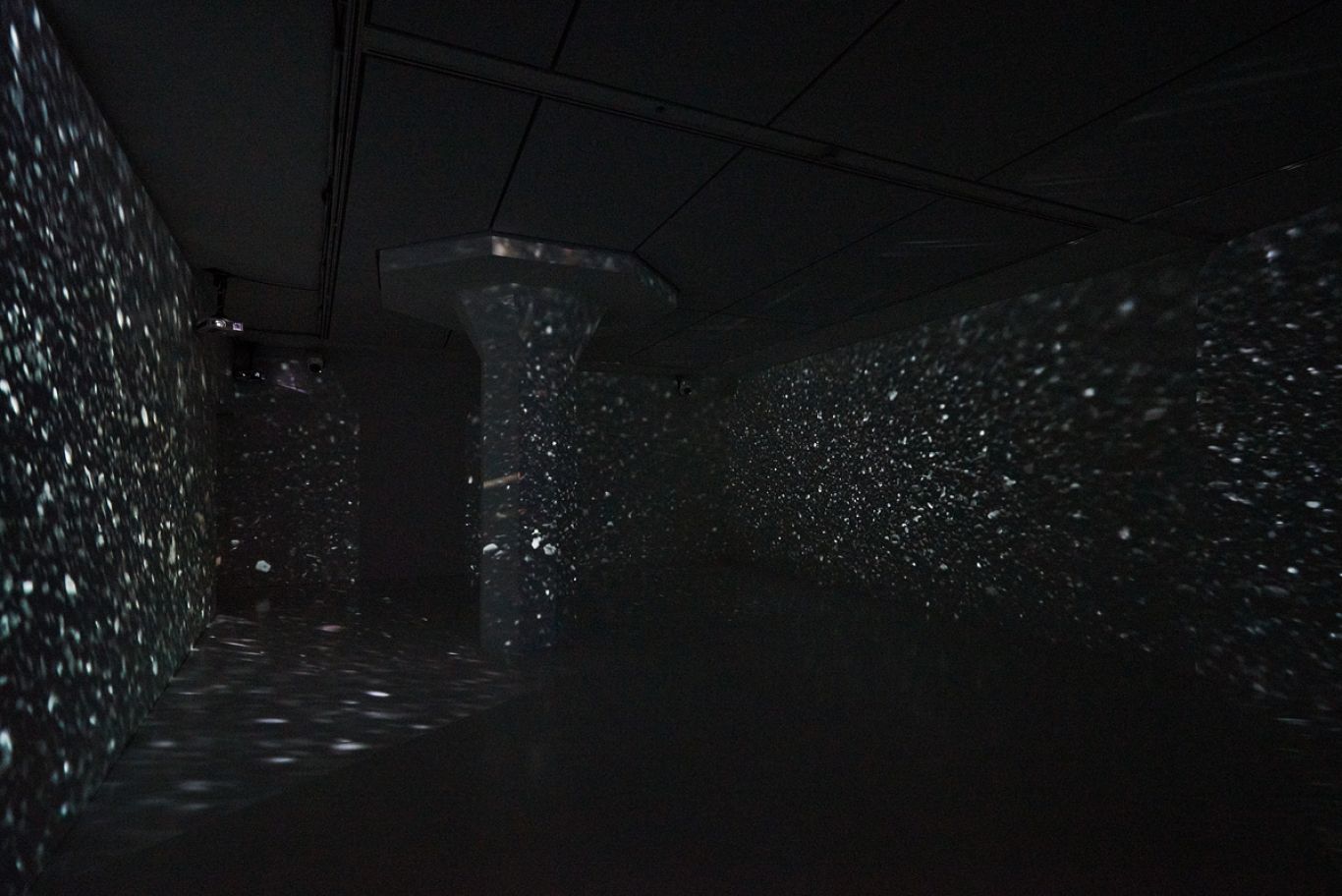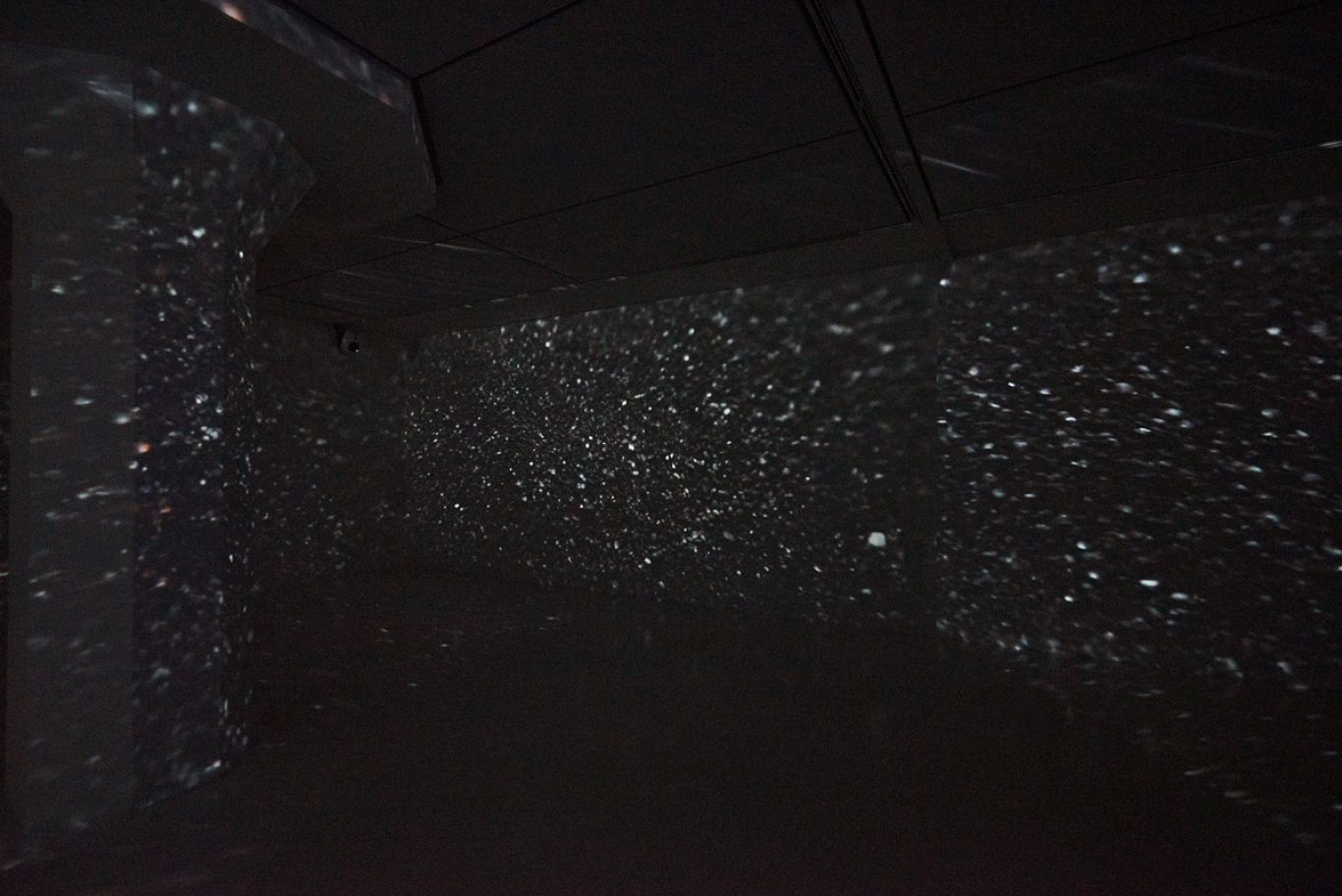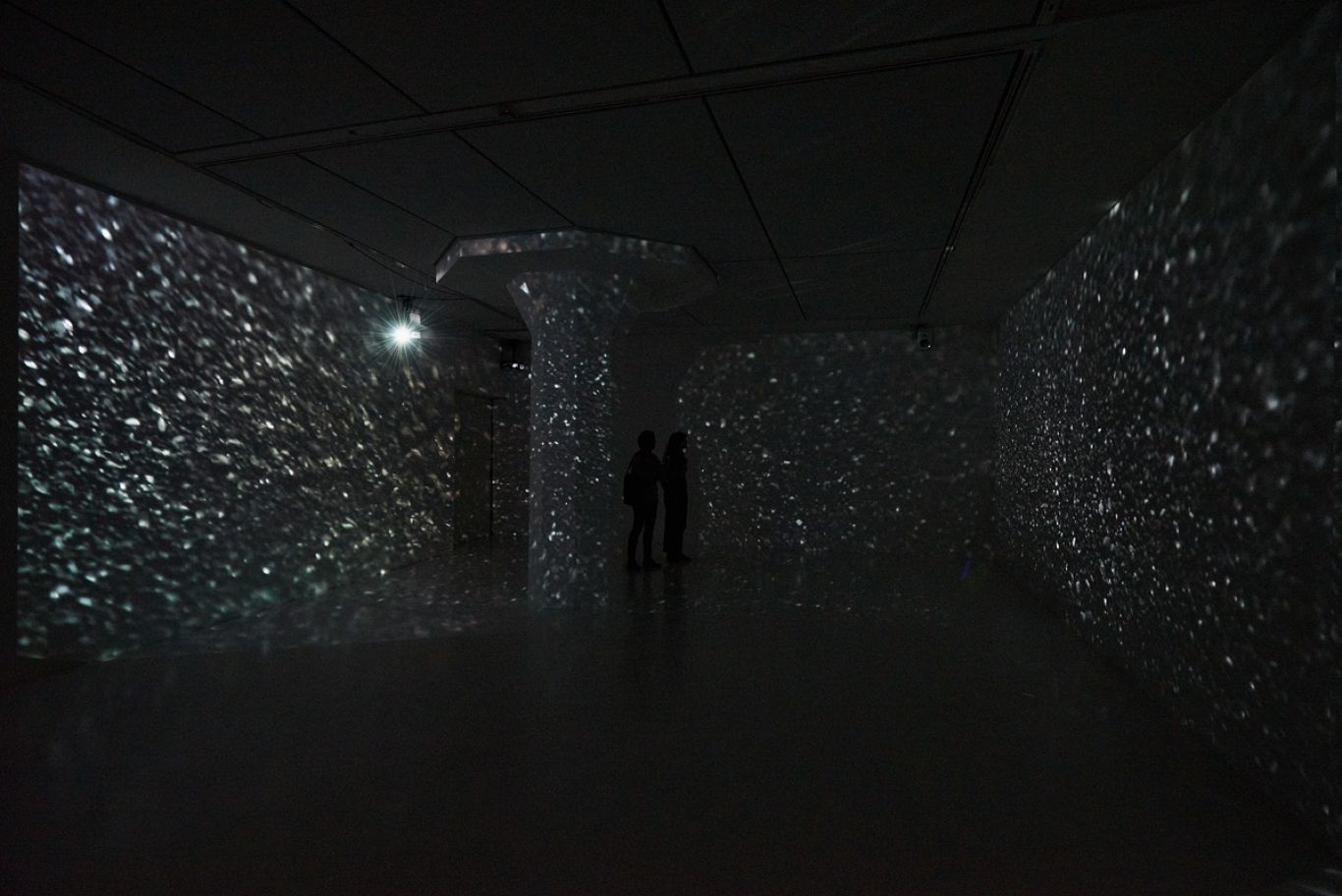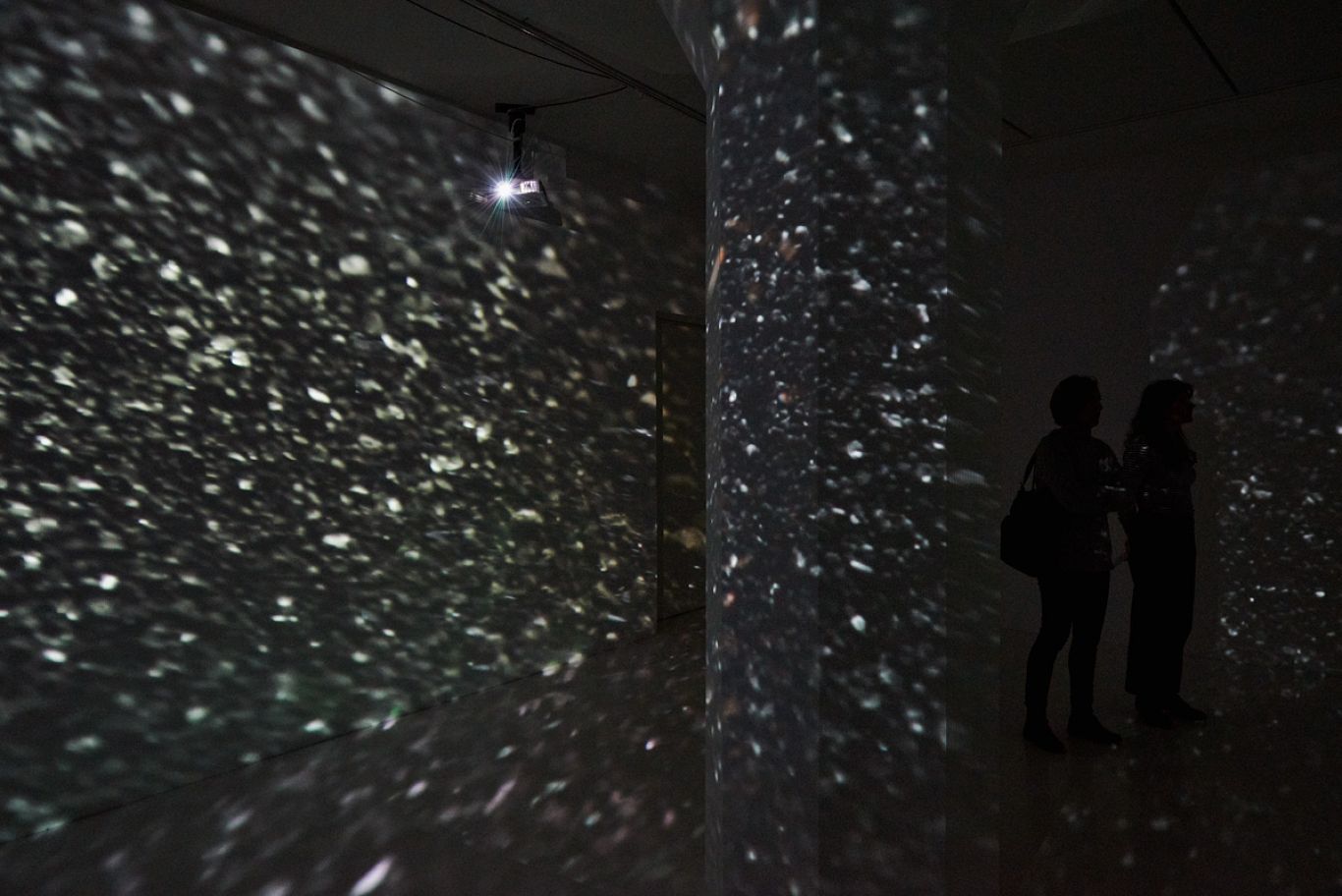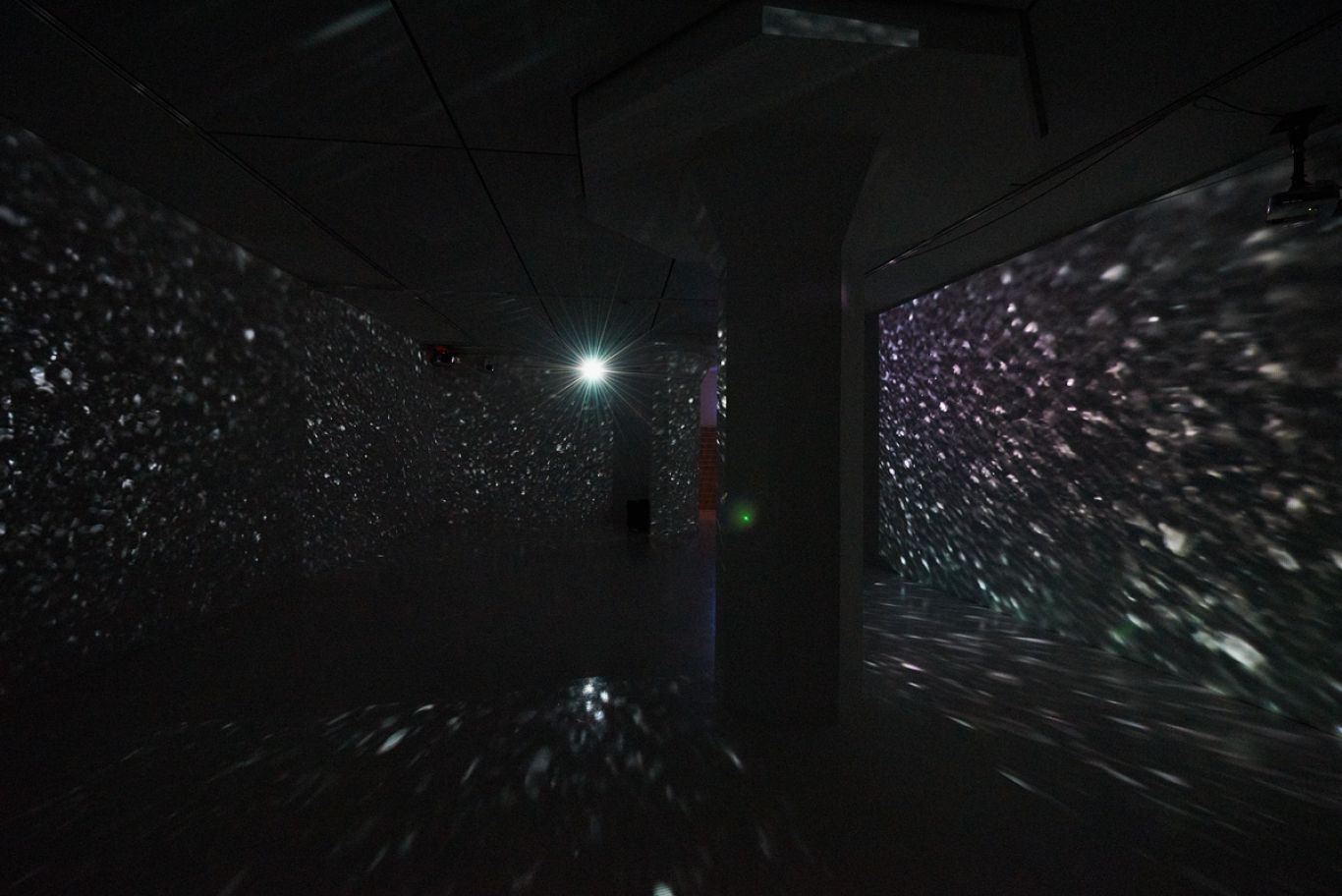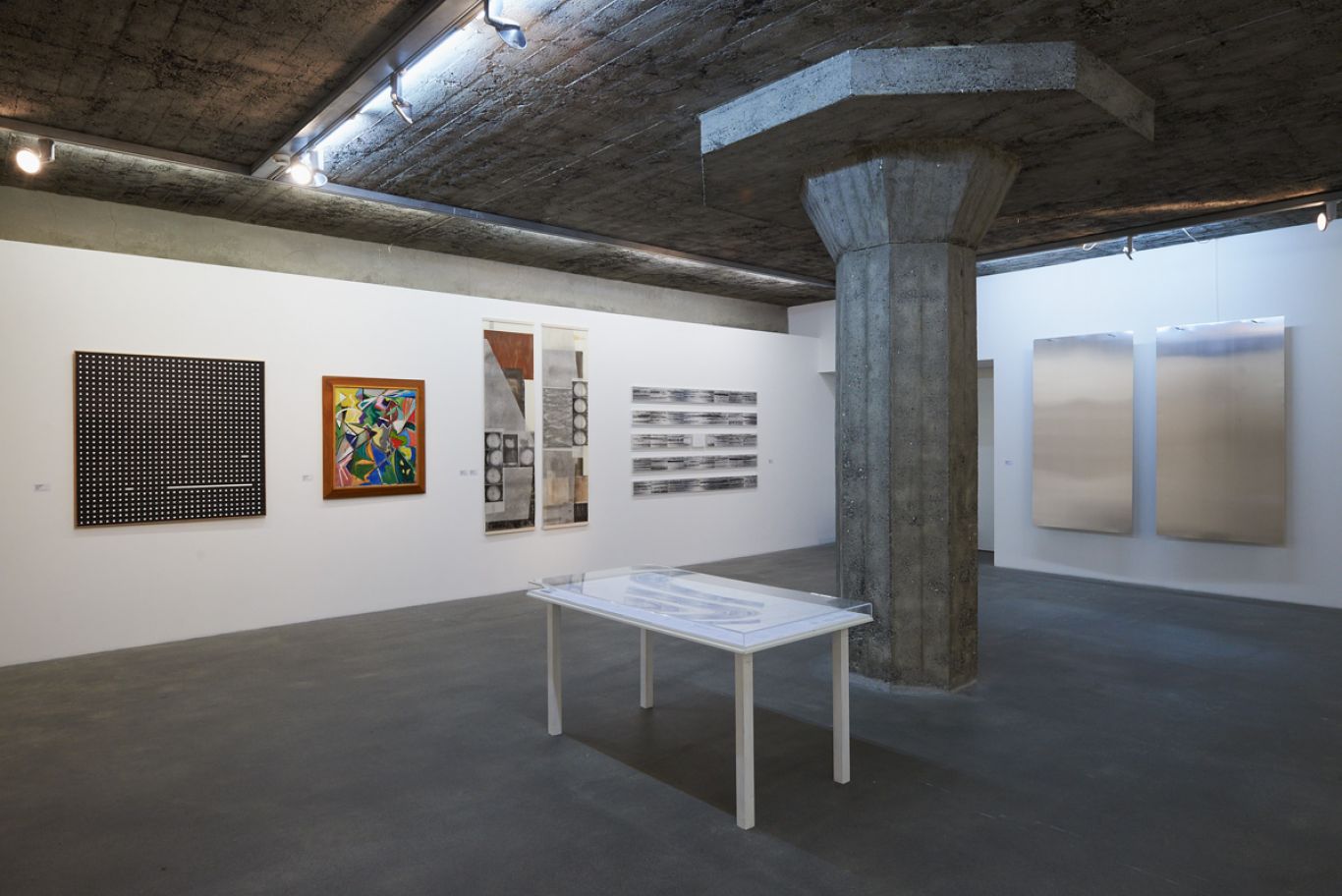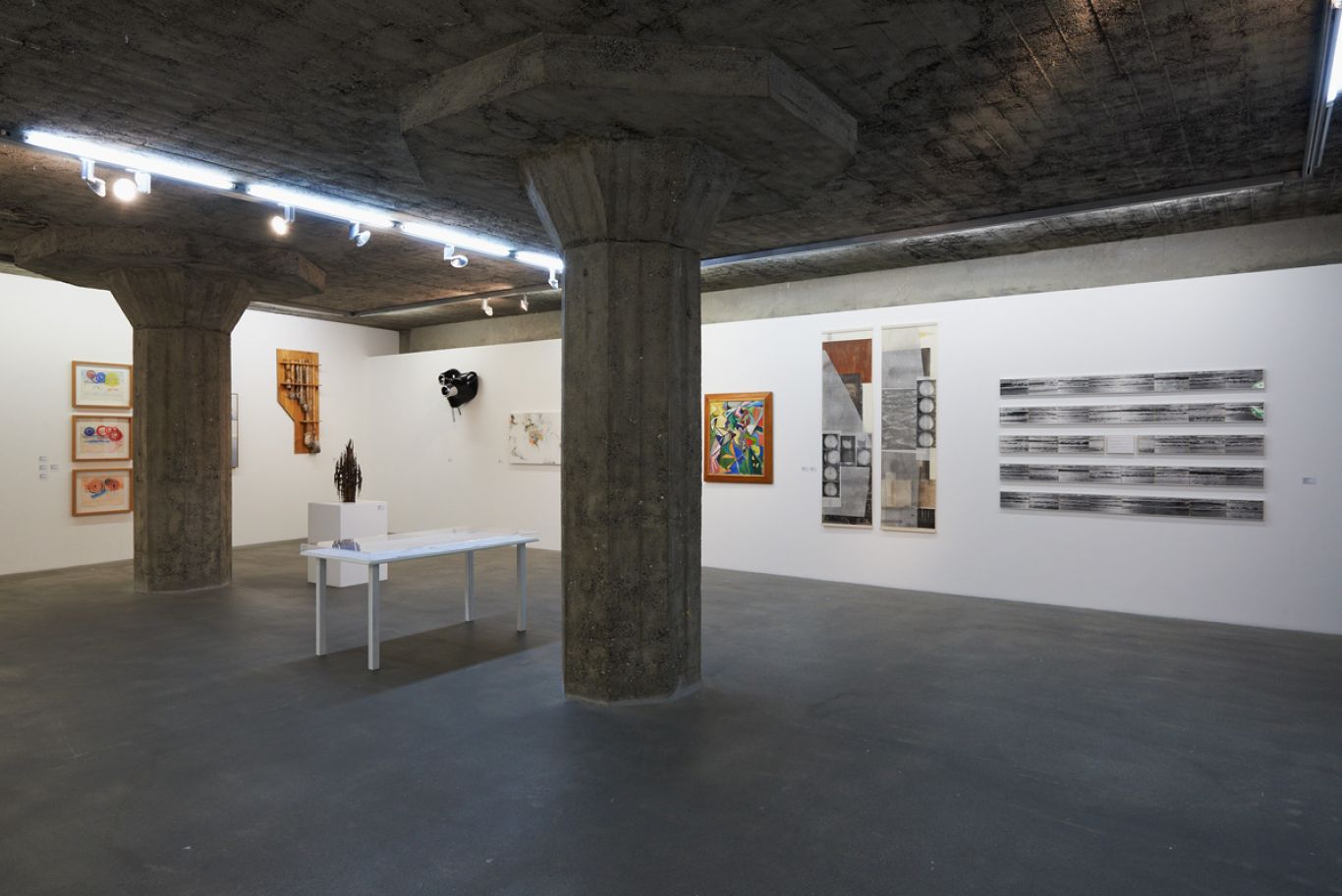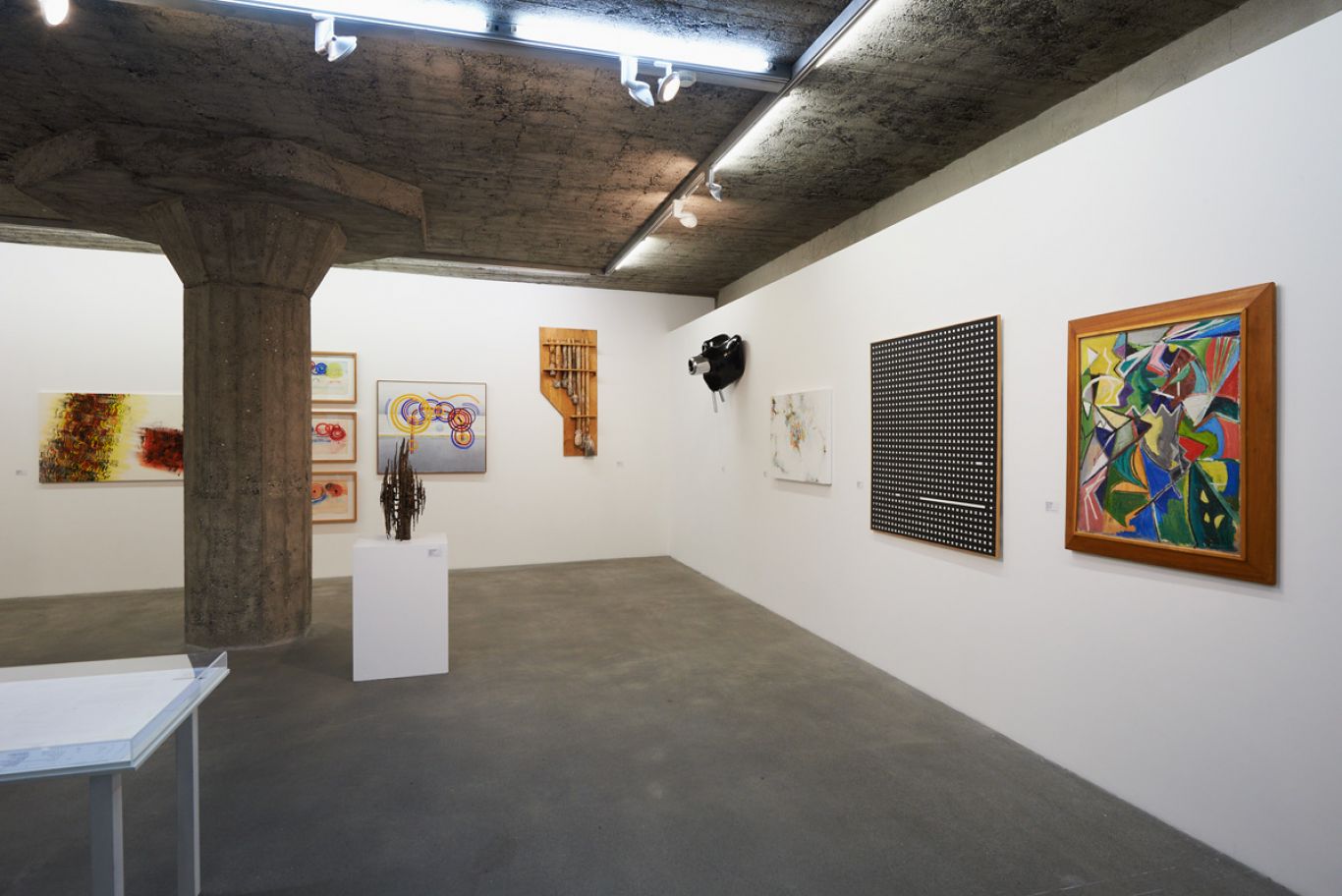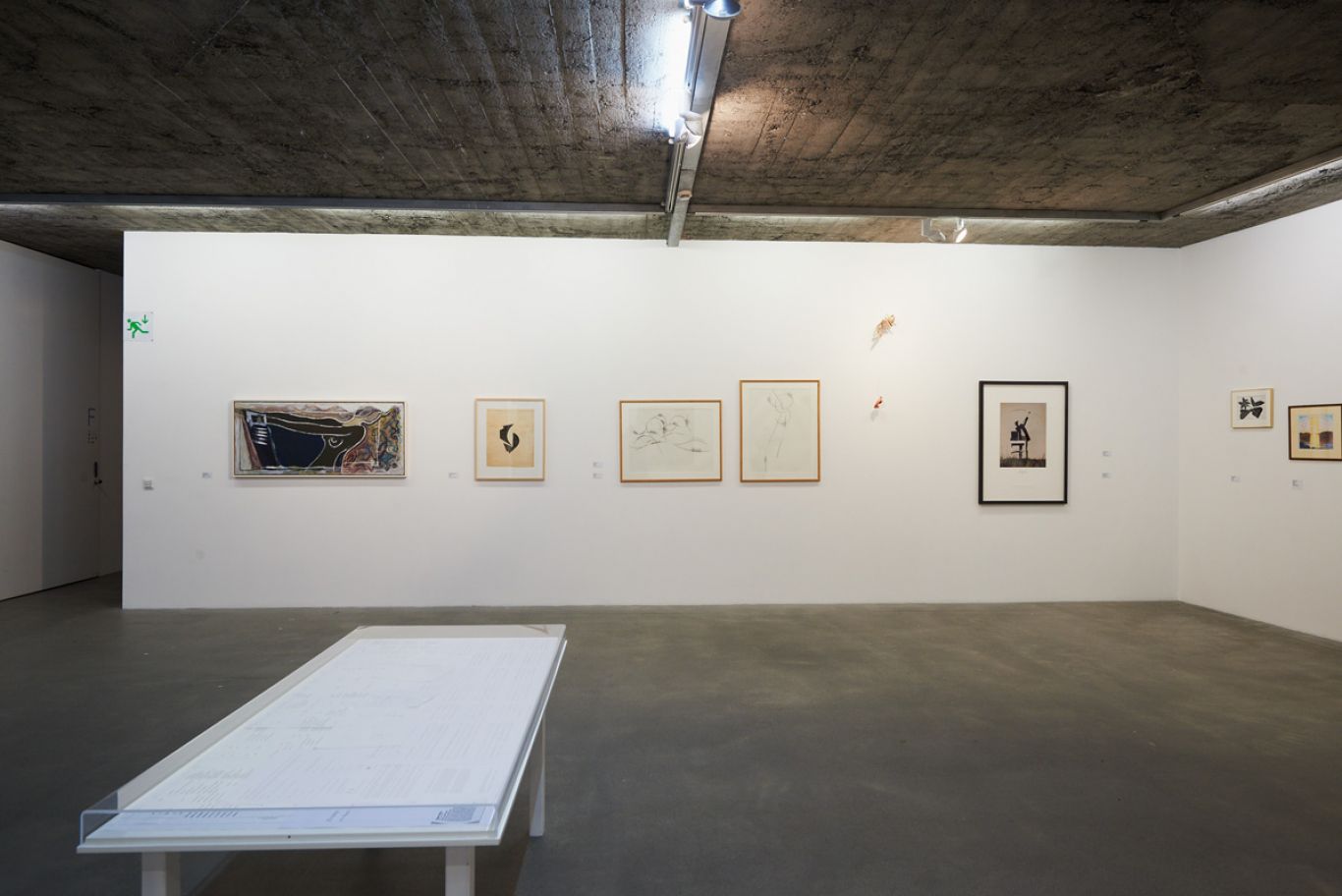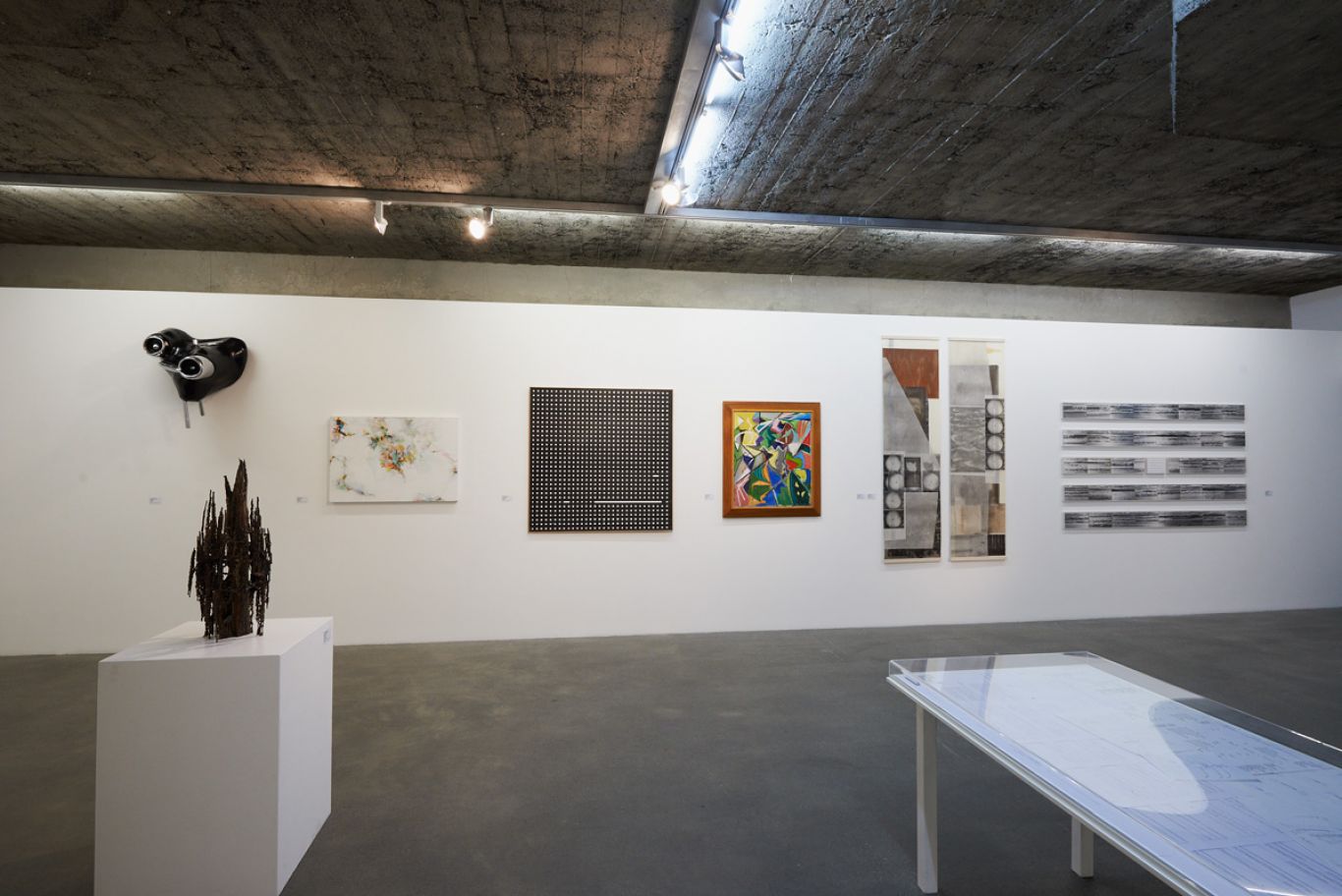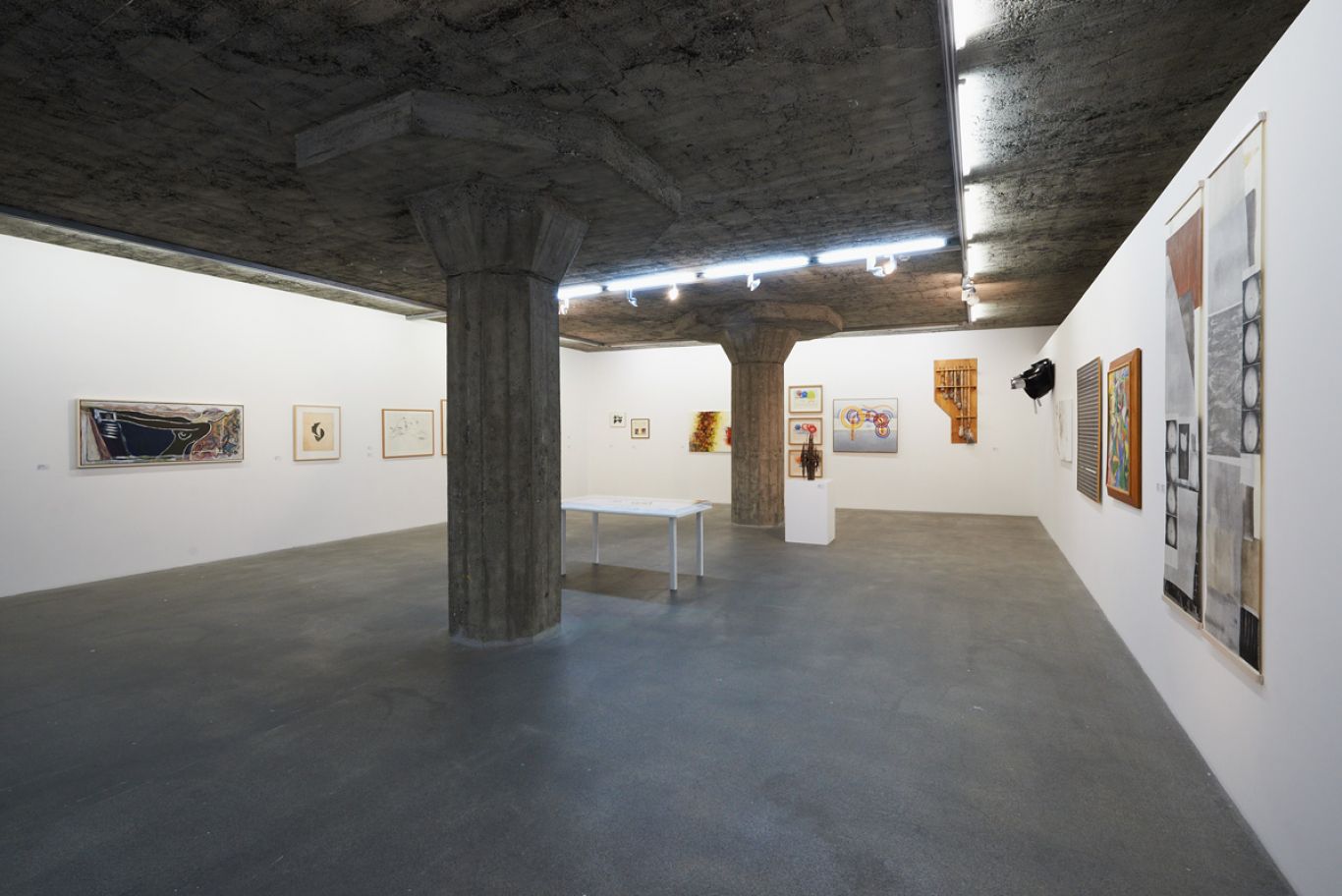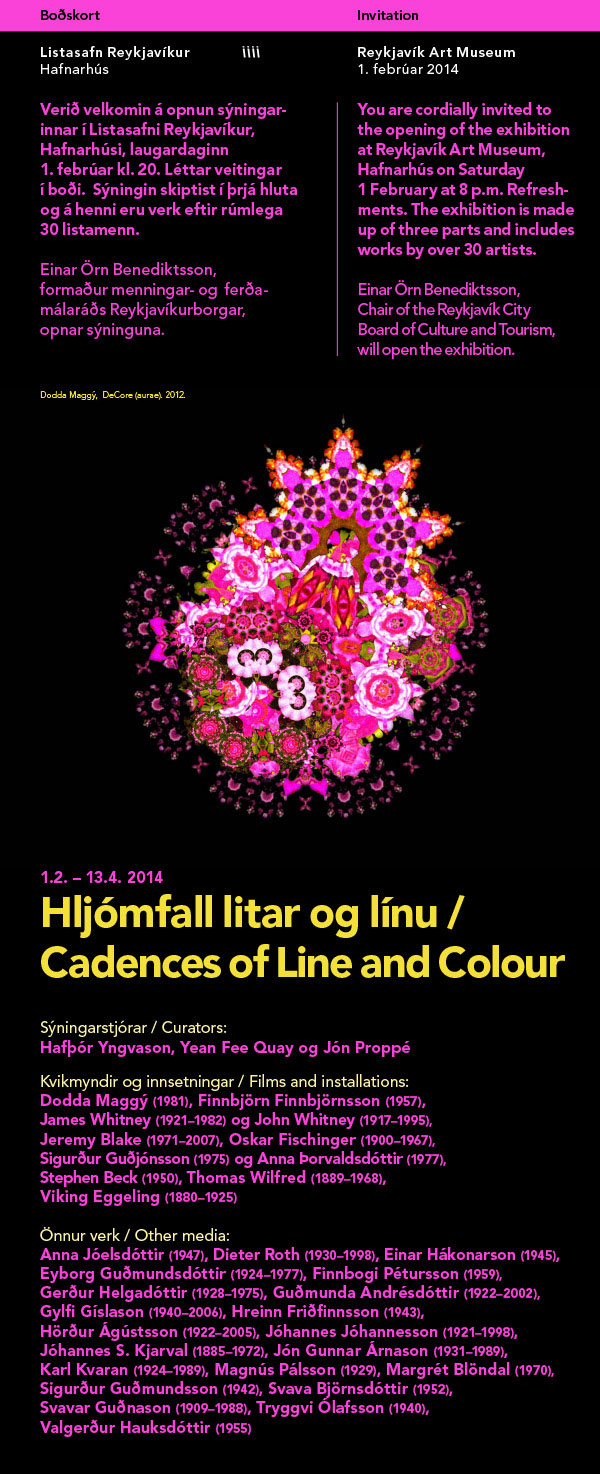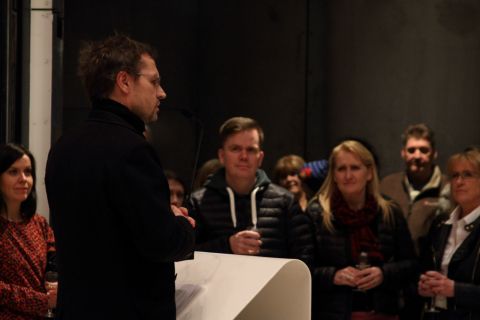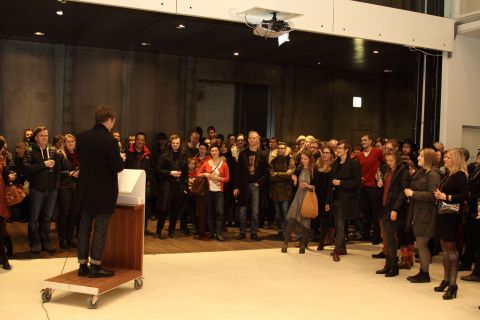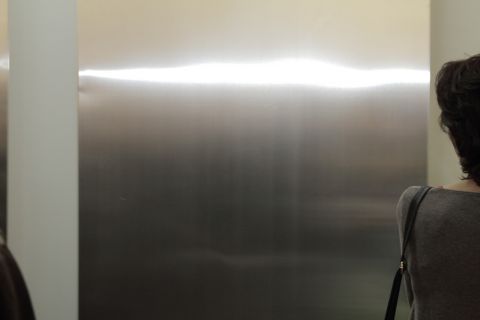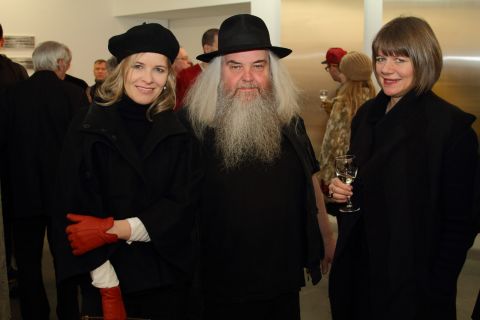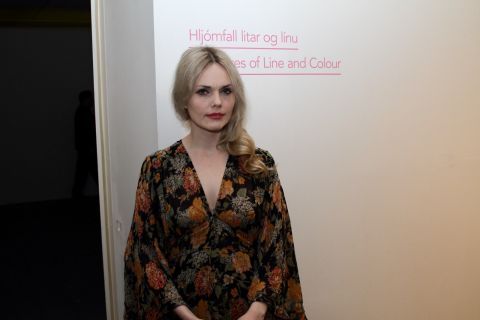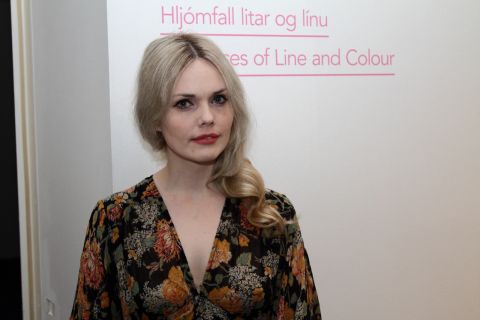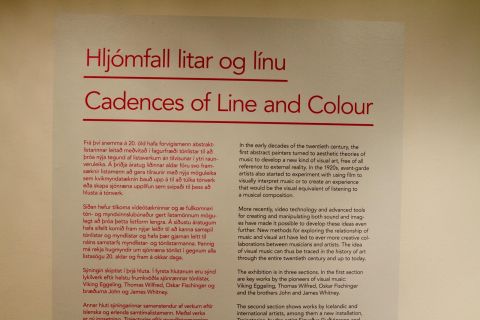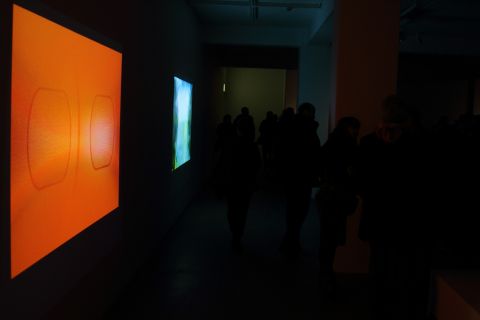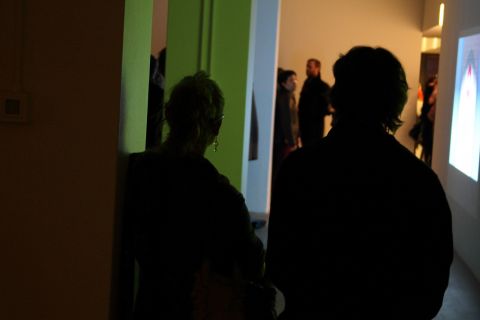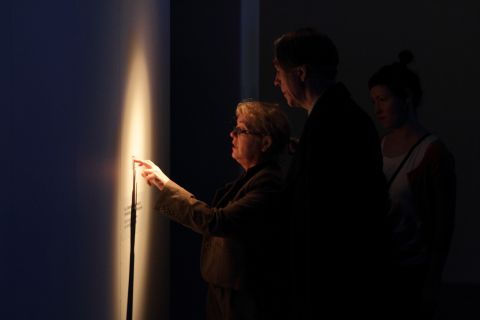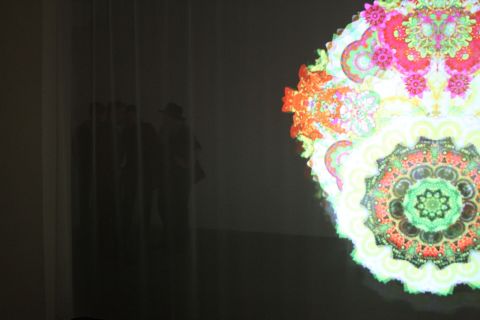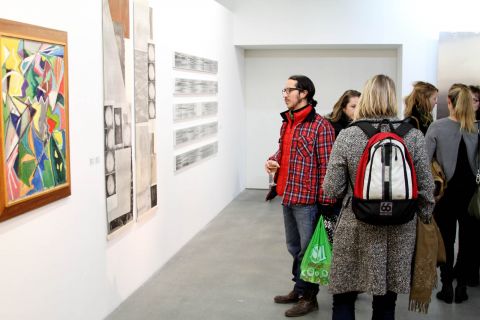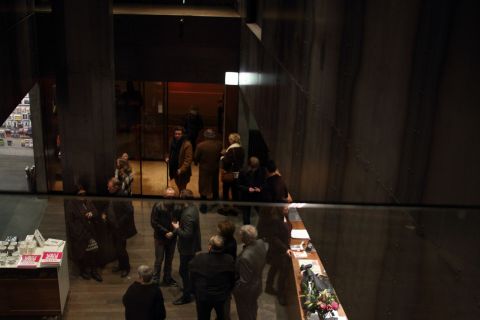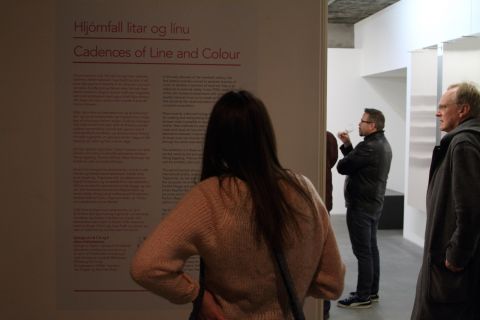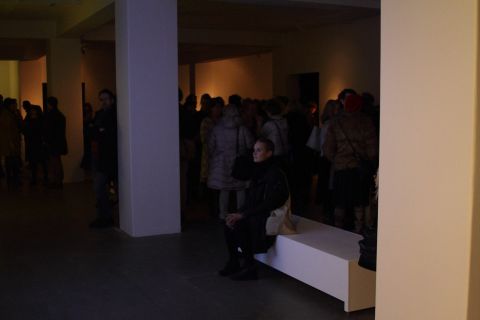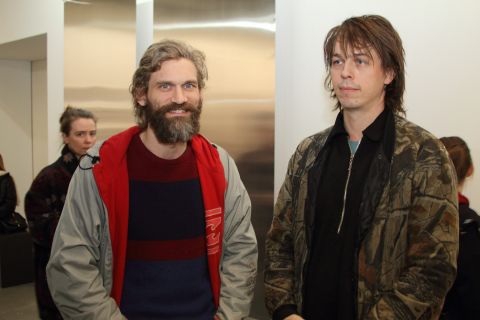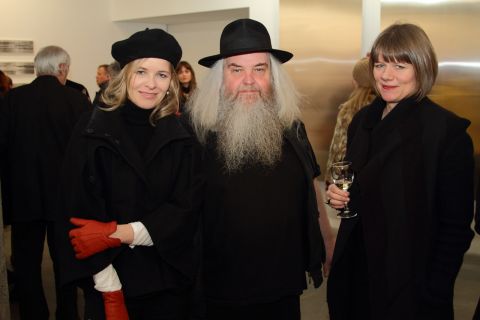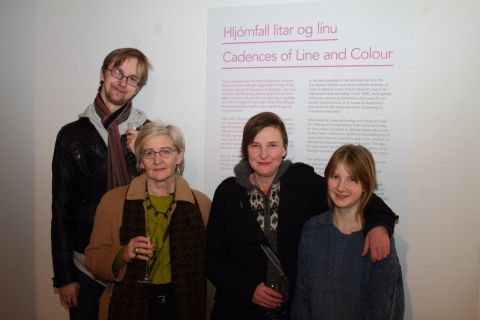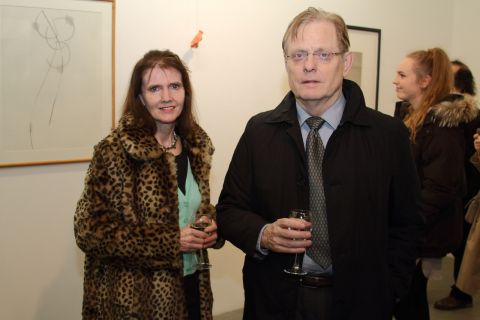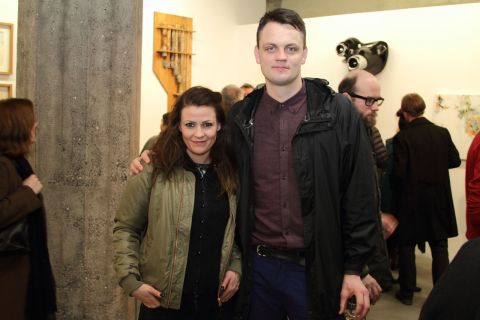Choose year
Cadences of Line and Color
In the early decades of the twentieth century, the first abstract painters turned to aesthetic theories of music to develop a new kind of visual art, free of all reference to external reality. In the 1930s, avant-garde artists also started to experiment with using film to visually interpret music or to create an experience that would be the visual equivalent of listening to a musical composition.
More recently, video technology and advanced tools for creating and manipulating both sound and images have made it possible to develop these ideas even further. New methods for exploring the relationship of music and visual art have led to ever more creative collaborations between musicians and artists. The idea of visual music can thus be traced in the history of art through the entire twentieth century and up to today.
The exhibition is in three sections. In the first section are key works by the pioneers of visual art:
Viking Eggeling, Thomas Wilfred, Oskar Fischinger and the brothers John and James Whitney.
The second section shows works by Icelandic and international artists, among them a new installation, Trajectories, by the artist Sigurður Guðjónsson and the composer Anna Þorvaldsdóttir, DeCore (aurae) by Dodda Maggý and selected works by the American artists Stephen Beck and Jeremy Blake. Also featured are prize-winning works from the visual music festival Punto y Raya, held in Reykjavík at the Harpa concert centre in early February.
The third part of the exhibition consists of about 25 works that outline briefly how ideas about the relationship of art and music developed in Iceland. Thought abstraction arrived here relatively late, the discussion on how visual art could be like music began early and has continued to this day.
The exhibition is held in collaboration with the Reykjavik Center for Visual Music (www.rcvm.is) and funded by Friðrik Steinn Kristjánsson through a grant from the Silfurberg Art Fund.
Click on the pictures to view some more on Instagram and post your own by using the #hashtag of the exhibition.
Remember to follow Reykjavík Art Museum on @reykjavikartmuseum.
